Beginners recommend practical information-how to extract coffee perfectly?
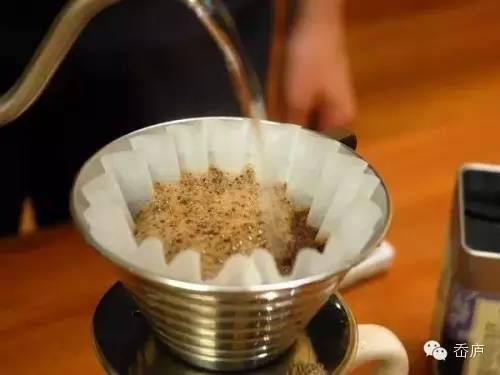
How to extract a cup of coffee perfectly? With regard to coffee extraction, there are several variables that can be adjusted, the two most important of which are extraction time and extraction area.
Extraction time (Time)
If you increase the contact time between water and coffee powder, more flavor substances will be extracted. If the water comes into contact with the coffee long enough, the extraction will continue until no more is dissolved. All we have to do is to find out when the extraction reaches the best flavor value.
What can water extract? when does the extraction start?
The soluble ingredients in coffee will have different solubility. We need to take these situations into account when brewing coffee, because changing the contact time between water and coffee will affect the amount of soluble matter that is dissolved. The easiest and first parts of coffee to be dissolved are fruit acids and organic salts (which bring light and bright fruit flavors); this is followed by light aromatic substances produced by the Mena reaction and caramel reactions (flavors such as nuts, caramel, vanilla, chocolate, butter, etc.); and finally, heavy organic matter (bringing wood, ash, malt, tobacco, etc.).
Extraction area (Surface Area)
Increasing the contact area between coffee and water makes it easier for water to extract flavor substances. When you grind the coffee into powder, the surface area of the coffee increases exponentially.
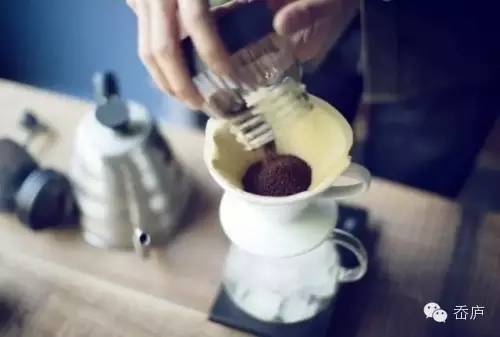
You can think of coffee beans as a cube with 1cm sides, with six faces, each with an area of 1cm2, so the surface area of this cube is 6cm2.
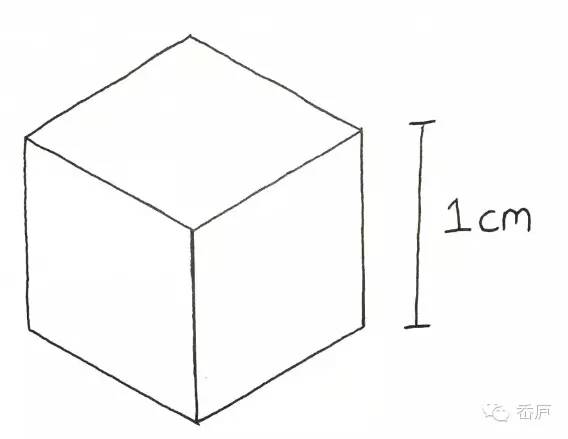
Cut the cube in half and then in half. Until you get eight small cubes. At this time, the side length of each small cube is 0.5cm, the surface area is 1.5cm2, the total area of these eight small cubes will be 12cm2, and the surface area that water can contact increases. It didn't take long for us to double the extraction area.
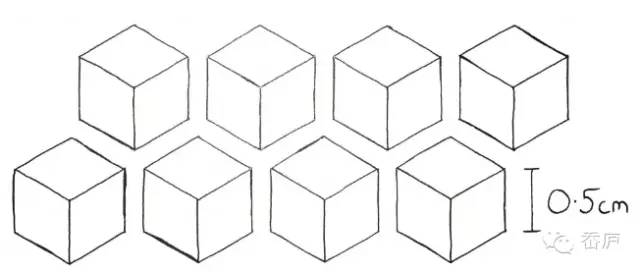
Then let these small cubes undergo a rough grinding to get 64 small cubes with side length of 0.25cm. The surface area of a single small cube is 0.375cm2, and the total surface area becomes 24cm2. It's doubled again!
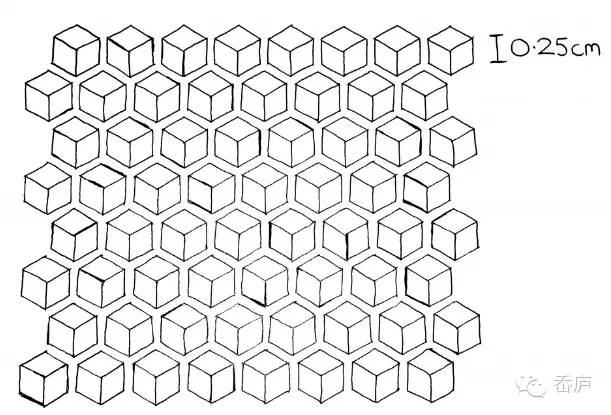
In the usual Italian grinding case, the cube of 1cm will be crushed into hundreds of small particles, and you should be able to imagine how the extraction area of coffee will be multiplied. With the rapid increase in the surface area of coffee extraction, it becomes easier for water to dissolve most of the flavor substances in coffee.
The most important thing is that the thickness of coffee powder does not change the substance being extracted. The only thing it does change is when these substances are extracted. All the flavor substances are there from beginning to end, and they have been preserved in coffee beans waiting to be extracted. Grinding finer or thicker just allows water to come into contact with more or less flavor substances in the first place.
Important Notice :
前街咖啡 FrontStreet Coffee has moved to new addredd:
FrontStreet Coffee Address: 315,Donghua East Road,GuangZhou
Tel:020 38364473
- Prev

There is no residue left in love-the twelve wonderful uses of coffee grounds
After drinking coffee, what do you do with the coffee grounds left behind? Most people will choose to lose it, but did you know that coffee grounds can still be used for many purposes? Coffee itself has the characteristics of oil absorption and odor, which makes coffee grounds a good cleaning deodorant and a good helper at home. What is more fascinating to girls is that coffee grounds are also good beauty products, which can protect skin, hair, and even reduce fat.
- Next

Practical knowledge: how to quickly distinguish the model of HARIO V60 filter cup
Have you ever encountered such a problem: you have seen a lot of HARIO V60 filter cup cooking videos on the Internet and want to imitate the practice. However, sometimes it is not possible to determine the type of filter cup used in the video (01Comp02Uniple 03). You know, different sizes of filter cups can be used differently. So, the following picture can help you quickly distinguish HARIO V60 filters.
Related
- Beginners will see the "Coffee pull flower" guide!
- What is the difference between ice blog purified milk and ordinary milk coffee?
- Why is the Philippines the largest producer of crops in Liberia?
- For coffee extraction, should the fine powder be retained?
- How does extracted espresso fill pressed powder? How much strength does it take to press the powder?
- How to make jasmine cold extract coffee? Is the jasmine + latte good?
- Will this little toy really make the coffee taste better? How does Lily Drip affect coffee extraction?
- Will the action of slapping the filter cup also affect coffee extraction?
- What's the difference between powder-to-water ratio and powder-to-liquid ratio?
- What is the Ethiopian local species? What does it have to do with Heirloom native species?

